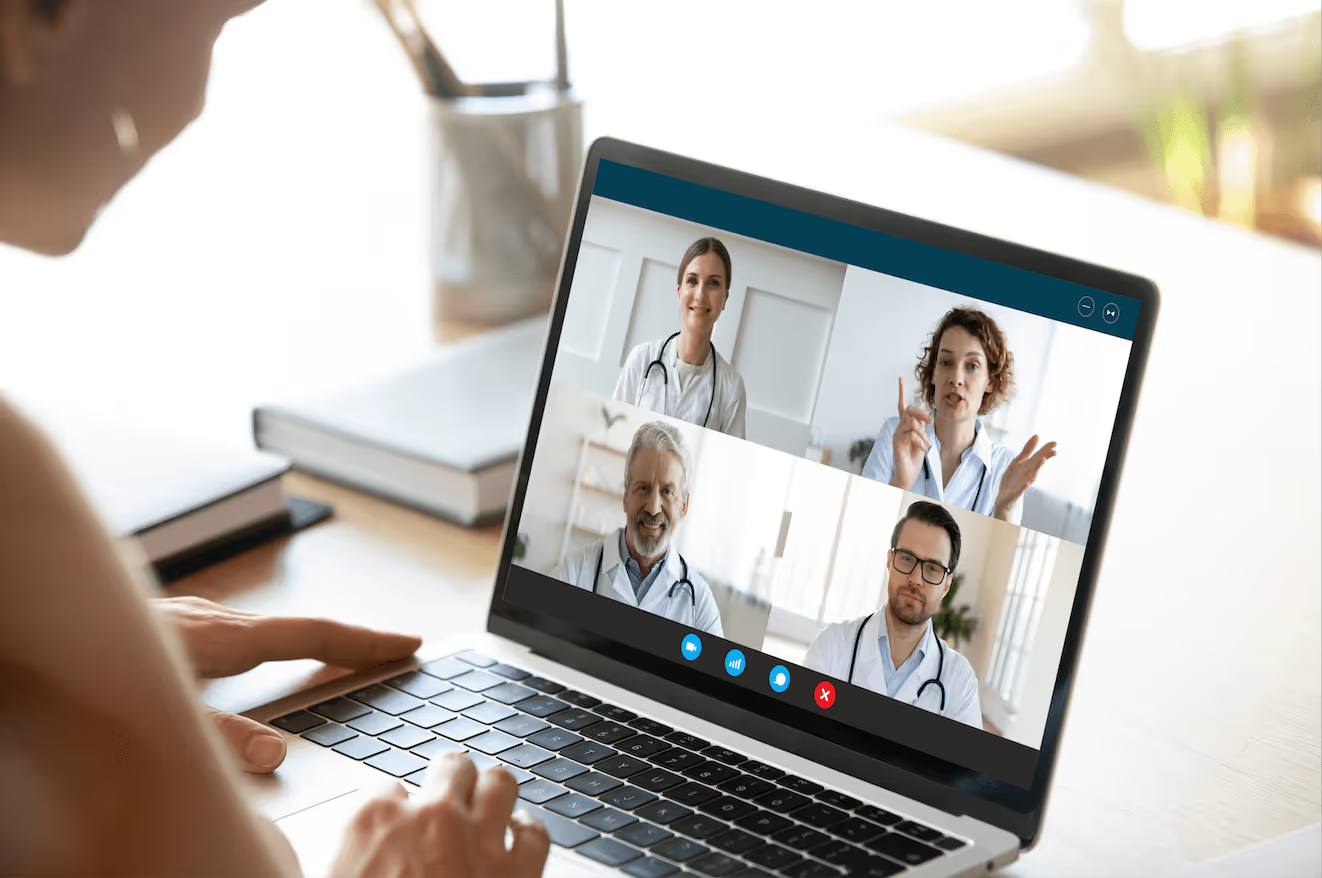A Physician's Perspective on the Digital Healthcare Revolution

Patients have spoken loud and clear throughout the COVID-19 pandemic: they will dictate when, how and where they are going to consume their healthcare.
Patient preferences are largely guided by matching outstanding clinical results (effectiveness) with personal convenience and efficiency. When given a choice between in-person vs virtual care for interventions that can achieve (at least) parity in outcomes, patients will choose efficiency over all other considerations. Facing challenges of working remotely, childcare or schooling supervision, and fluctuating risks of exposure to COVID infection, patients will readily forgo the wasted time of driving to the facility, finding parking, walking to the clinic, waiting for the clinician, seeing the clinician, making any follow-up or referral appointments, walking to the car, paying for parking and driving home, in exchange for a virtual telehealth encounter.
Telehealth has evolved to offer many different channels for patients to interact with clinicians. These include synchronous virtual encounters, asynchronous algorithm driven e-Visits, chatbot based messaging platforms to respond to simply queries, Remote Patient Monitoring, remote supervision of therapies using Mixed Reality (Augmented Reality, Virtual Reality, Immersive, Holoportation, and the Metaverse) and Digital Therapeutics. Each of these technologies are maturing rapidly. As a result, many healthcare organizations, life-sciences corporations and insurance payers have built and optimized robust patient-facing digital platforms.
Clinicians currently spend an inordinate amount of time – frequently more than they do on clinical work – on administrative, regulatory and compliance non-clinical work that has been assigned to them and must be completed to deliver clinical care. In response to the demands of clinicians and staff to liberate them from the crushing burdens of these administrative responsibilities, some organizations have started to migrate to a digital-first posture for patient interactions. Appointment reminders, instructions, educational content about disease and conditions, electronic Patient Reported Outcomes, remote monitoring for clinical conditions (e.g., blood pressure, diabetes, heart rhythm, heart failure, COPD, asthma, etc.), or response to therapy can all be managed in the patient’s home with the appropriate digital platforms. Some of the platforms might be native to the electronic medical record (EMR), some may be embedded in the EMR to facilitate clinician’s workflow, and some might be separate stand-alone platforms. Leveraging these technologies ticks all the boxes of the aims advanced by the Institute for Healthcare Improvement: better healthcare outcomes, better healthcare experience, less waste in delivering healthcare, and more joy in delivering (and consuming) healthcare.
Studies have shown that prescribing a digital therapeutic pathway (Rx.Health) that is clinician authored but completely managed automatically by messaging technology to prepare a patient for routine colonoscopy – including bowel preparation instructions, education about preparation and the procedure, reminders about diet, directions to the clinic, appointment reminders, etc. – can achieve exponentially greater patient engagement and results in 85% reduction in aborted procedures with concurrent improvement in patient satisfaction (92%), clinician satisfaction (93%), and healthcare system savings ($1M/clinic).
Robust technology and greater acceptance of digital healthcare interactions has not eliminated the need for in-person patient care. Some elements of care still require human interaction – phlebotomy, procedures – radiology (US), cardiology (EKG, cardiac performance), wound care (VAC therapy) – that require equipment, albeit mobile, but do not need to be with the patient outside of the specific procedure.
Delivering hospital level care at home is a direct extension of the Hospital-at-Home program started at John Hopkins Hospital in 1995. During the COVID-19 pandemic the program was funded by a CMS Innovation Center Grant. It is now expanding to other healthcare organizations and provides hospital-level acute care in a patient's home as a full substitute for acute hospital care. Clinicians at all levels of expertise are now capable of delivering the full gamut of care in the patient’s home.
Matching the level of the clinician required to perform the in-person care can be very effective in adding other elements to digital navigation pathways described above with the same expected benefits.
Mobile phlebotomy by a medical technician a day in advance of chemotherapy infusions for cancer patients will confirm that they will be able to tolerate the planned therapy the next day, reducing wait times to obtain the blood and run the labs and ensuring that medications are prepared following confirmation (patient satisfaction). It also allows for the early identification of interventions necessary to keep a patient on a therapeutic regimen to achieve the desired effect (clinician satisfaction) and reduce the incidence of empty chairs in the infusion center (least waste), when laboratory studies reveal that the patient is not prepared to receive the planned therapy.
Similarly, a mobile ultrasound device (Butterfly iQ+) in the hands of a medical technician guided by an AI program in the patient’s home can yield routine prenatal studies that are equivalent in quality to those obtained by a radiology technician at a facility. A medical technician can use a bioimpedance device that measures cardiovascular performance (MyNicas) periodically to be much more effective than just blood pressure measurements in guiding clinician supervised hypertension or heart failure therapy. A medical technician could use a mobile digital ophthalmoscope (dedicated device or iPhone attachment) to obtain a retina exam in the patient’s home that can be reviewed by an ophthalmologist to monitor appropriate patients for diabetic retinopathy. A digital platform can also be used to monitor the effectiveness of patient compliance with a prescribed virtual reality guided rehabilitation program (REAL Immersive System – VR Rehabilitation by Penumbra).
The current cutting edge of healthcare and emerging additional features that will be rapidly incorporated into care are going to be geographically fluid. Healthcare is rapidly transitioning to be patient-centric and extending into the patient’s home. It is good that we are returning to robust house-calls. As clinicians, getting to take care of patients is a privilege and being welcomed into their homes gives us a much better understanding of their overall circumstances, in turn making us better at caring for them.






